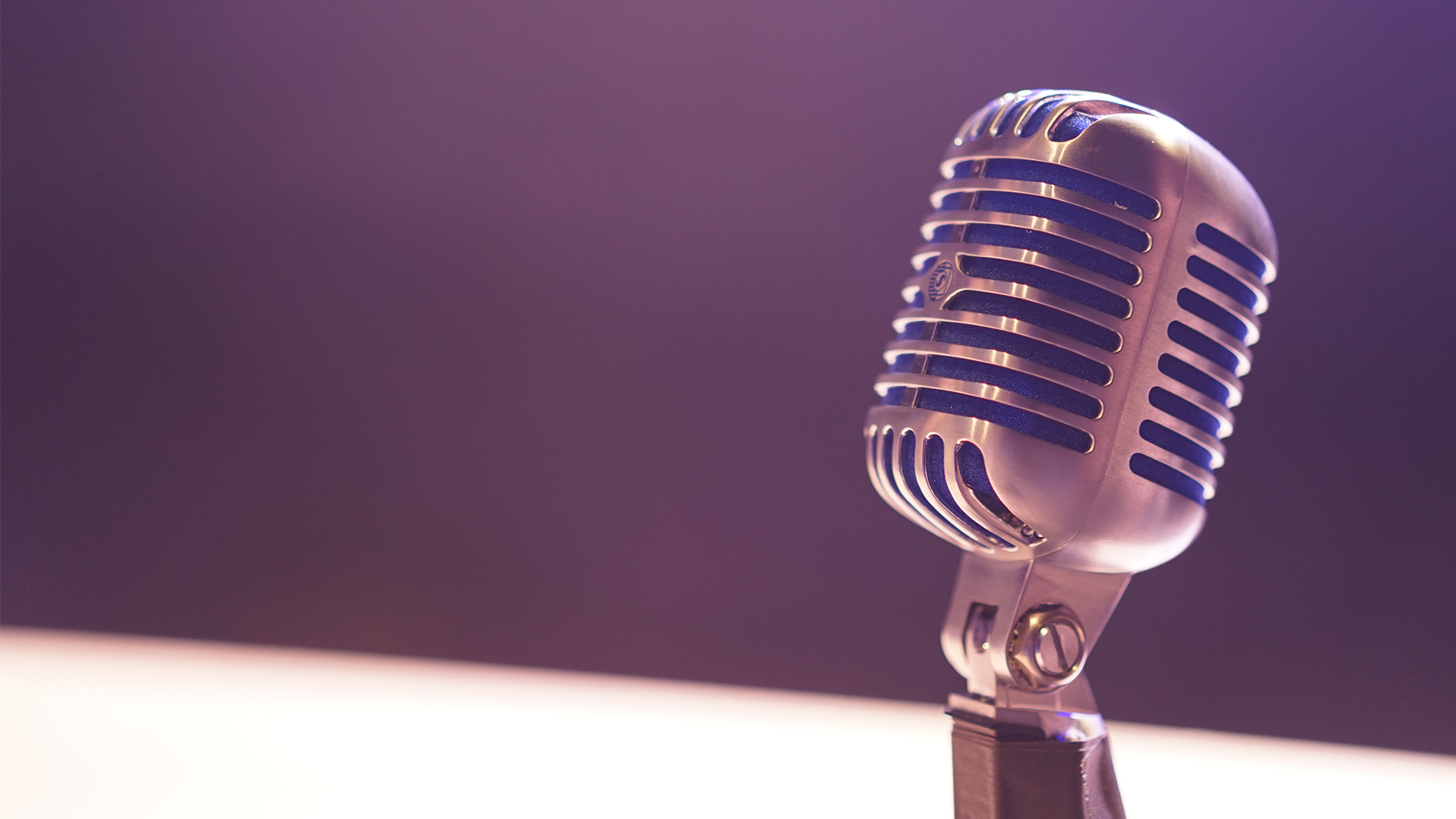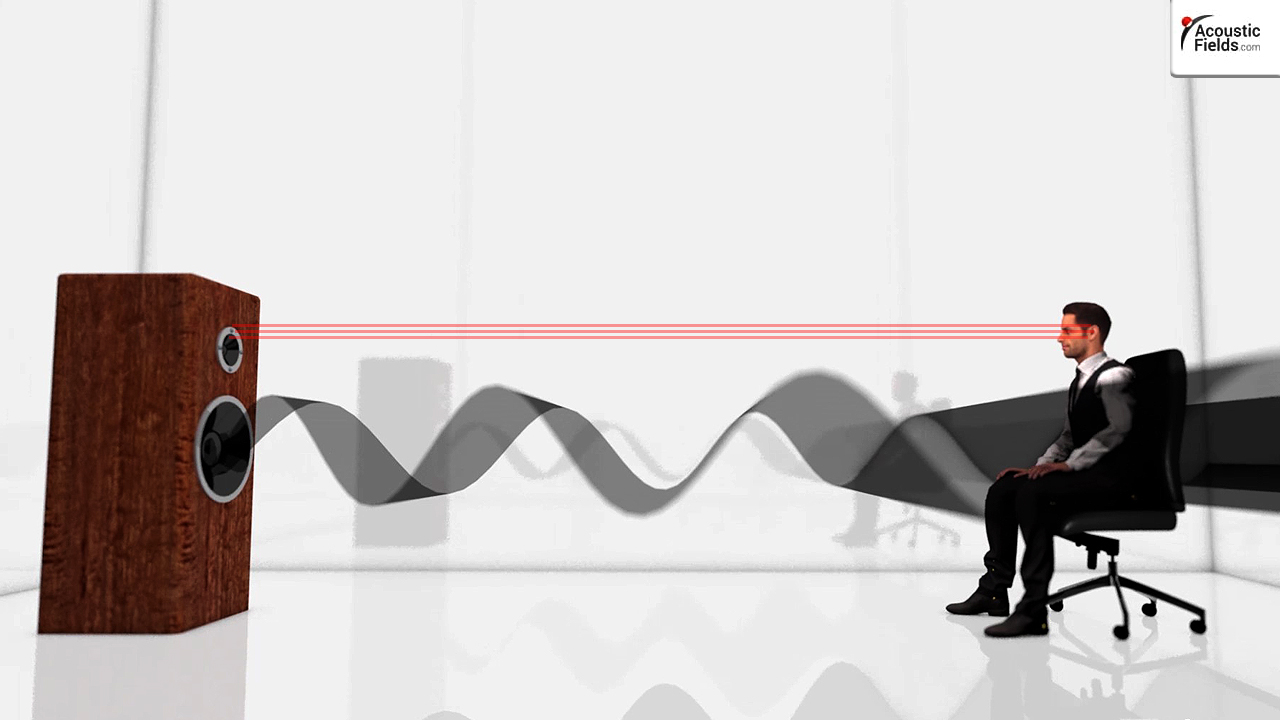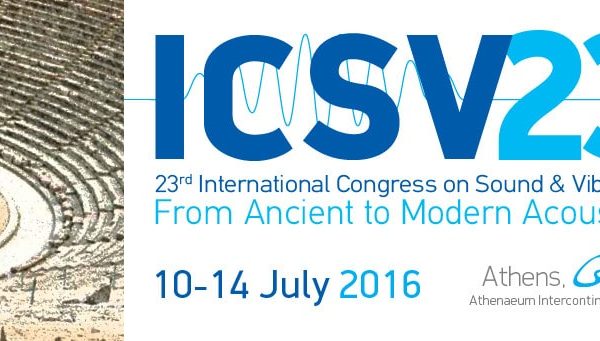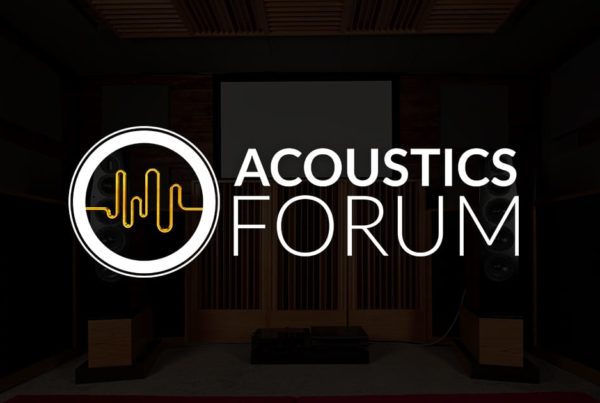Before we look at speech intelligibility strategies, we must first define what speech intelligibility is. Speech intelligibility is focused upon the ability to hear words within our sentences. We need to hear so many words for each sentence spoken. There is also “music intelligibility”. How much of our music can we hear within a room? We must be able to hear speech and music. Have you ever been to a party and you can’t hear the person next to you speak? Ever been to a restaurant where you can not hear the waiter because of the background noise levels within the restaurant? How about a church? Can you hear the spoken word along with the musical word? Low speech intelligibility can drive away customers from churches and restaurants How do we measure what is good speech intelligibility and what is not intelligible? We use what we engineers call a speech intelligibility index.
Speech Intelligibility Definition: https://www.researchgate.net
Reverberation
The speech intelligibility index is used to determine your speech intelligibility strategies. It is in its basic form the number of words that you can hear within a 10-word sentence. The goal is to be able to hear at least 8 words out of every 10. What gets in the way of speech intelligibility. It is reflections from the wall, ceiling, and floor. Reflections bounce off the walls and floors along with the ceiling and these reflections come from all these surface areas. Each surface area contributes about 18% to the reverberation issues. Reflections darting everywhere through the room interfere with the direct sound or straight-line sound. The sound that travels directly from a source to a receiver is the easiest sound to comprehend since this straight-line energy has no reflections or room sound. If you are having trouble hearing someone at a large gathering, you move closer to them. Moving closer to your friend with increase the direct sound between you and your friend and minimize the reflections from your room surfaces.
Reverberation: https://en.wikipedia.org/wiki/Reverberation
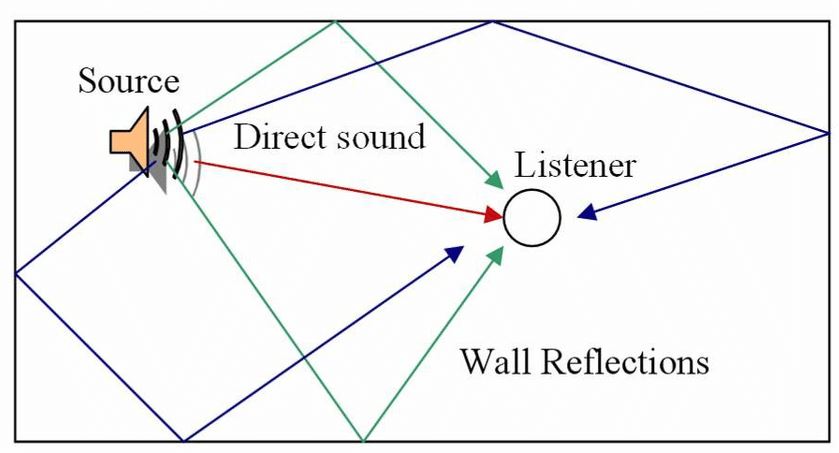
Reverberation Times
The unit of measurement used for reverberation is called Rt-60. It is a measure of decay. How long does a sound last within the room after the source of the sound has stopped making the sound? It is a measure of how long sound hangs around in the room. Technically, it is a measure of how long it takes at each frequency to decay or disappear 60 dB SPL within the room. A dB is for a decibel which is a unit of measure for acoustic usages. Reverberation can occur in small and large rooms. It is more prevalent in larger rooms with longer distances than it is in smaller rooms. Smaller rooms are plagued by low-frequency issues where larger rooms must deal with reflections from the large wall surfaces which increases reverberation times. Reverberation times are measured using full range frequencies. You can have large Rt-60 numbers with low-frequencies, middle, and high frequencies. It is a full frequency range offender.
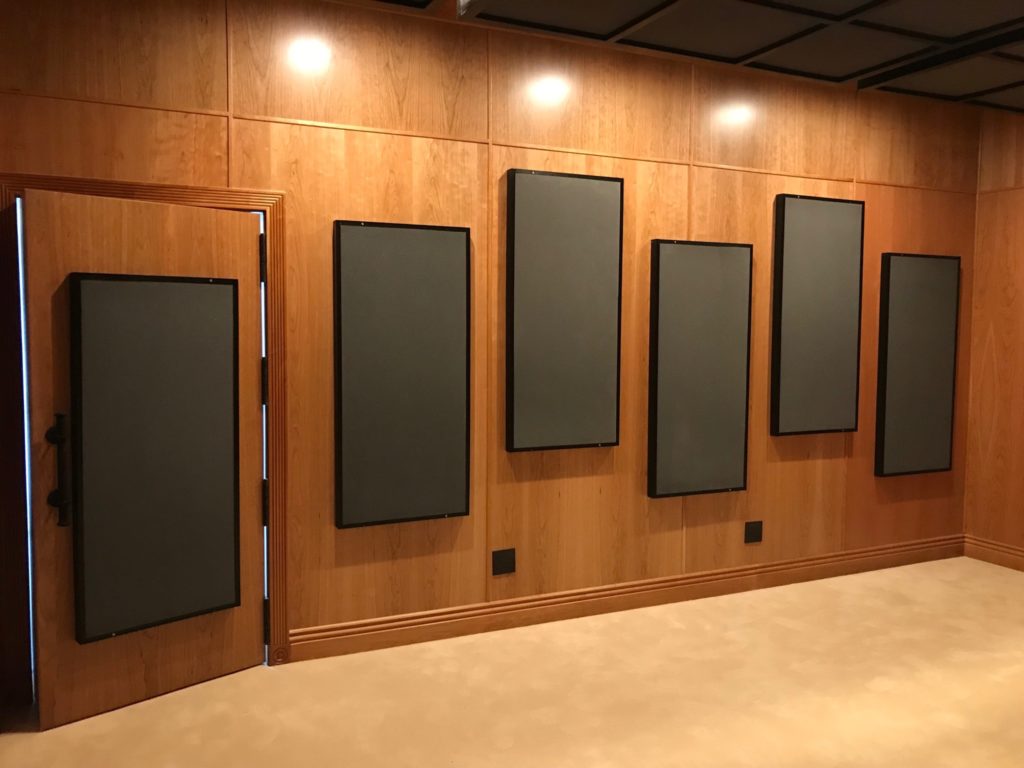
Middle-Frequency Treatment
We have two technologies that we can use to treat reflections from our walls and ceilings. Decreasing the amplitude or strength of the reflection will produce less energy within the room and thus less energy to cause our speech intelligibility indexes to rise. We use absorption technology that has the proper rate and level of absorption for that frequency range. Low-frequency reverberation times need special treatment type than middle and high frequencies. We also have to apply special rates and levels of absorption for music and voice over a sports arena. Music and voice require certain rates and levels of absorption to achieve speech intelligibility rates. Music and voice are different than noise. You must adapt the speech intelligibility strategies through your treatment selections in order to achieve maximum performance results. Most middle and high-frequency issues can be economically dealt with using open-celled foam.
Open Celled Foam: https://www.acousticfields.com/product/foam-ladder/
Low-Frequency Treatment
Lower frequencies require different treatment technologies than middle and higher frequencies. Low frequencies require membrane or diaphragmatic absorption. Both of these technologies are pressure-based technology that must deal with low-frequency pressure issues. Middle and high-frequency issues work on airflow across a surface area. Pressure activated devices work using the pressure generated by the low-frequency wave. Waves of energy make up low-frequency issues below 100 Hz. These pressure waves oscillate through our rooms like the ocean waves rolling towards the beach. This constant wave rolling strikes the absorber and is slowed down by the cabinet structure. The wave energy then enters the inside of the cabinet and is absorbed based upon the cabinet depth and the internal cabinet fill material.
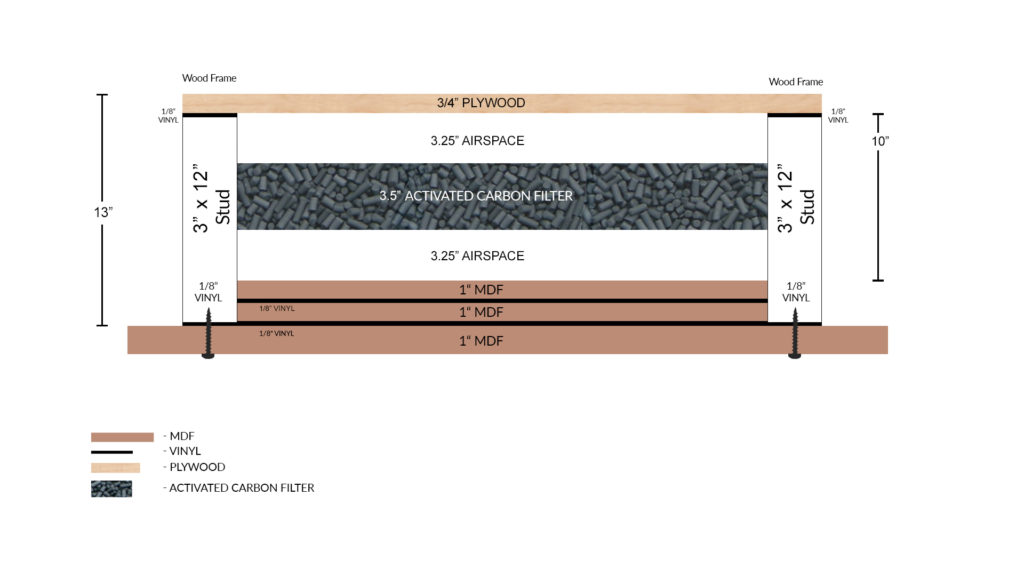
Diaphragmatic Absorption
Our diaphragmatic absorption is the most powerful low-frequency absorption ever created. We use activated carbon or charcoal to absorb energy inside the cabinet. We use a stiff outer wall of plywood to slow the pressure wave down before it enters the cabinet. We choose a particular cabinet depth to go after the frequencies that are causing the low-frequency issues. We use a rear wall that has more density than the front wall to facilitate even more absorption. Our activated carbon is specially processed to ensure porosity count and size along with the granule density. Pound per pound and square foot per square foot there is no better low-frequency performer currently in the marketplace.
About Us At Acoustic Fields: https://www.acousticfields.com/about/


